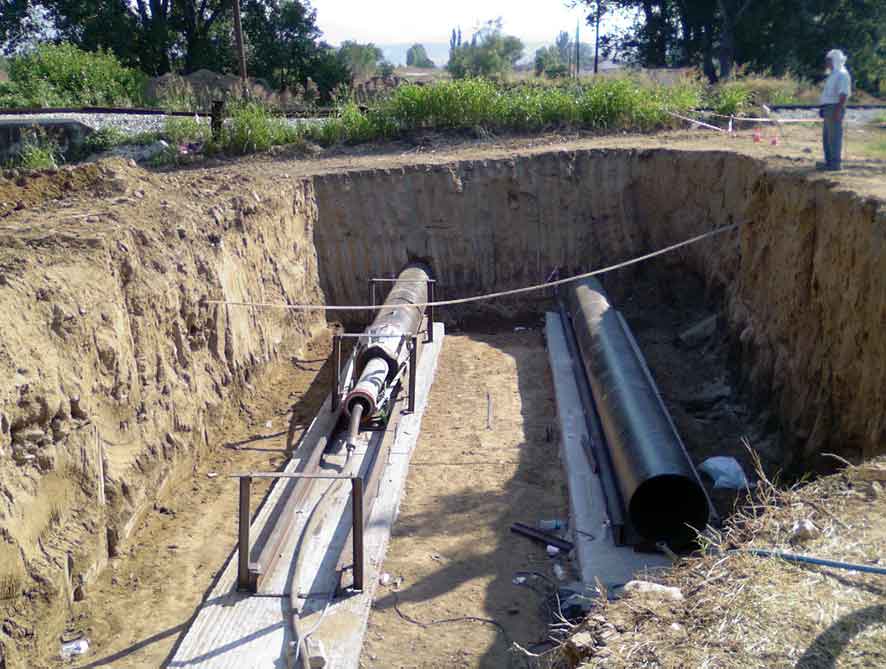Directional Drilling: Your Comprehensive Manual to Optimal Techniques
Directional borehole drilling is now a transformative technique in diverse industries, enabling exact and streamlined implementation of infrastructure, transport systems, and sustainable energy systems. As technology continues to evolve, comprehending the basics of directional drilling is essential for experts and enthusiasts alike. This comprehensive guide aims to explain the nuances of directional drilling, providing a beginner’s insight into its functionality and uses, as well as highlighting the best practices that can ensure success in your projects.
Beginning at its inception to the cutting-edge innovations of today, directional drilling has undergone significant evolution, enabling operators to navigate complex terrains and reduce harm to the environment. This article will investigate the various kinds of directional drilling, the key distinctions between upright and horizontal techniques, and the role this method plays industries such as petroleum, infrastructure, and sustainable energy. If you are new to the field or looking to refine your knowledge, our guide will offer helpful guidance into the advantages, challenges, and emerging trends shaping the world of directional drilling.
Understanding Directional Boring
Directional drilling is a method used in the boring industry that allows for the controlled deviation of the drill bit from a upright path. In contrast to traditional vertical drilling, directional drilling enables operators to drill at inclines and along bent trajectories, rendering it a flexible option for multiple applications. This method has transformed drilling by allowing access to reserves and resources that would otherwise be difficult or impossible to reach using traditional drilling techniques.
The method of directional drilling involves the use of specialized tools such as bore bits, fluid motors, and steering tools. Operators plan and carry out the bore path meticulously to ensure that the drill reaches its target effectively and efficiently. The mechanisms used in directional drilling has advanced considerably over the years, incorporating sophisticated monitoring systems and software that enhance accuracy and reduce the likelihood of issues during the drilling process.

Directional drilling not only boosts the efficiency of resource extraction but also minimizes environmental impact. By lowering the need for various drilling sites and surface interference, this technique aids preserve the local ecosystem. As industries continue to innovate and explore new applications for drilling, grasping the fundamentals of directional drilling will become increasingly important for both professionals and newcomers alike.
Benefits and Advantages
Horizontal drilling offers multiple benefits, making it a favored technique for many endeavors. One of the primary advantages is its capacity to minimize ground disturbance. Traditional drilling techniques often require significant clearing of land, which can impact ecosystems and create serious environmental issues. In comparison, directional drilling enables for precise bore paths that navigate around barriers and reduce the overall impact of drilling activities. This is particularly advantageous in urban areas where minimizing disturbance is vital.
Another important benefit is the time and cost efficiency linked with directional drilling techniques. Since this method permits for drilling multiple wells from a single location, it reduces the need for new drilling sites and the associated mobilization costs. The efficiency of directional drilling not only saves time during the installation but also speeds up project timelines significantly, leading to quicker returns on capital. This is a strong advantage for businesses looking to optimize their operational budgets.
Additionally, directional drilling presents considerable environmental advantages. By reducing the amount of land affected and reducing the number of access roads needed, this approach lessens the effect on natural habitats and local wildlife. It also allows companies to drill in fragile areas, such as marshes and along waterways, without causing significant environmental harm. As industries increasingly prioritize sustainable practices, the adoption of directional drilling methods aligns with goals for sustainable infrastructure development.
Future Trends and Insights
The directional drilling appears to be poised for considerable advancements as the industry adopts new technologies and methodologies. Vacuum Excavation Dublin Ireland including immediate data analytics and artificial intelligence are set to enhance the accuracy and efficiency of drilling operations. By leveraging these technologies, companies can make informed decisions on drill paths and strategies, thus refining resource extraction while diminishing costs and environmental impact.
Automated technology is expected to play a crucial role in the evolution of directional drilling. Automation can boost the precision of drilling techniques, reducing human error and increasing safety. As the demand for quicker and increasingly efficient drilling increases, automated drilling rigs and robotic systems are anticipated to become commonplace, streamlining operations and enhancing productivity across various sectors, including oil and gas, utilities, and renewable energy.
Finally, the integration of modern tools, including advanced software and sensor technology, will revolutionize the method directional drilling projects are planned and executed. These tools enable real-time monitoring of drilling parameters, which can lead to better management of resources and quicker identification of potential issues. As the industry shifts to sustainable infrastructure, the ability to promote such initiatives through advanced directional drilling practices will be vital for meeting the rising demands of urban development and environmental stewardship.